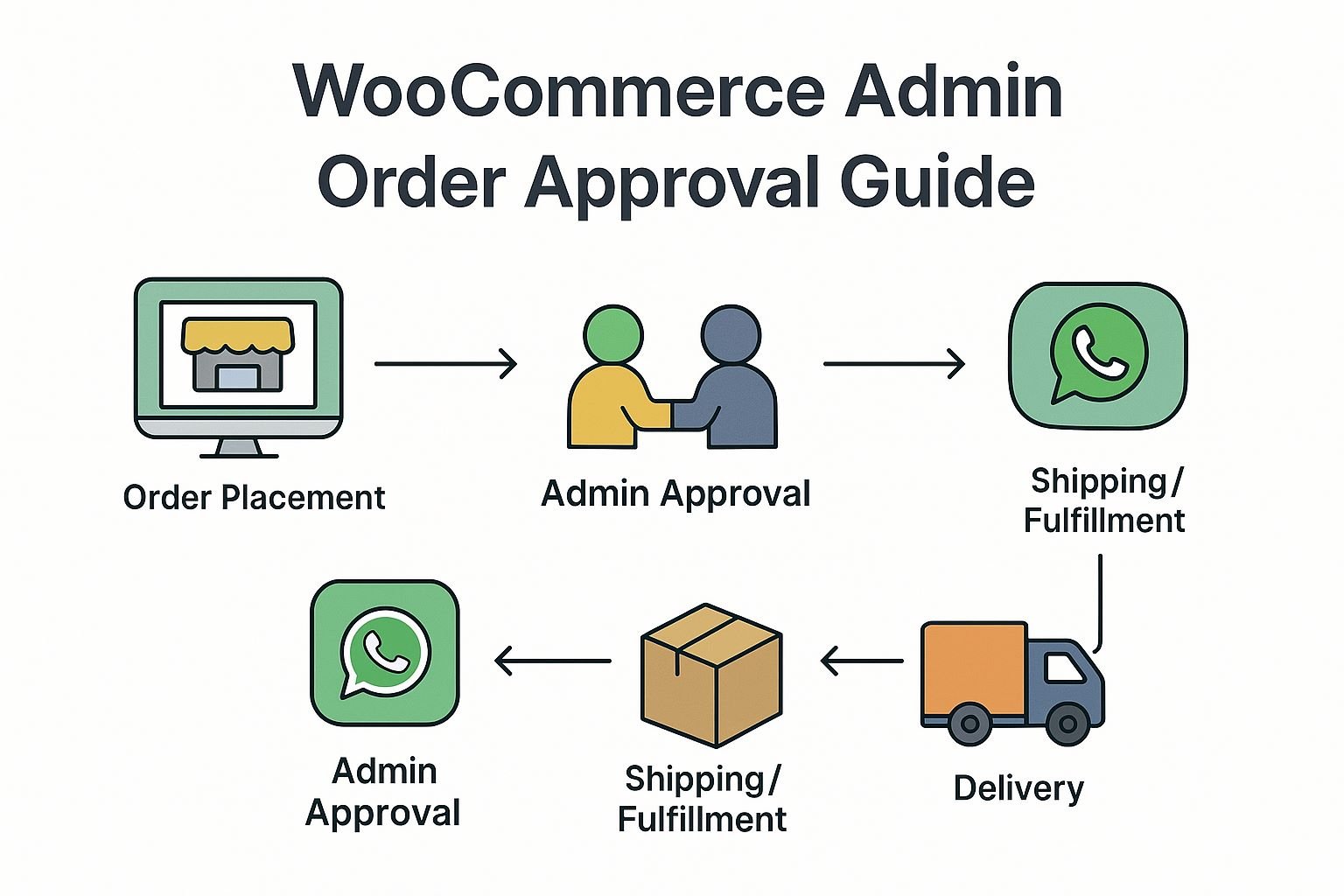Give Your Customers Control: Displaying Delivery Type & Date/Time on Your Checkout Page
In today’s e-commerce landscape, convenience and transparency are paramount. Customers want to know exactly when and how their purchases will arrive. By clearly displaying delivery type and date/time options directly on your checkout page, you empower your buyers, build trust, and ultimately boost your conversion rates. This article explores the key benefits of providing this crucial information upfront.
Why is Displaying Delivery Options on the Checkout Page So Important?
Think about your own online shopping experiences. Haven’t you felt frustrated when you reach the final stages of checkout only to be surprised by limited or inconvenient delivery choices and estimated arrival times? Providing this information earlier in the process addresses these pain points and offers significant advantages:
1. Enhanced Transparency and Trust:
- No Hidden Surprises: Clearly presenting delivery options and costs upfront eliminates unexpected charges and delivery times that can lead to cart abandonment.
- Building Confidence: Transparency fosters trust. When customers know their options and expected delivery, they feel more confident in completing their purchase.
2. Improved Customer Experience:
- Convenience and Flexibility: Allowing customers to choose their preferred delivery type (e.g., standard, express, click and collect) and potentially even a preferred delivery date/time caters to their individual needs and schedules.
- Reduced Anxiety: Knowing when to expect their order reduces post-purchase anxiety and the urge to constantly check for updates.
3. Reduced Cart Abandonment:
- Addressing Delivery Concerns Early: Delivery costs and timelines are major reasons for cart abandonment. Displaying this information early on addresses these concerns proactively.
- Matching Expectations: Customers are more likely to complete a purchase when the delivery options align with their expectations and requirements.
4. Increased Conversion Rates:
- Smoother Checkout Process: A transparent and convenient checkout experience leads to higher conversion rates. Customers are less likely to hesitate or leave due to delivery-related uncertainties.
- Positive Brand Perception: Providing a user-friendly and informative checkout process enhances your brand image and encourages repeat purchases.
5. Better Customer Service:
- Fewer Delivery-Related Inquiries: When delivery information is clear from the start, you’ll likely receive fewer customer inquiries about shipping options and arrival times, freeing up your customer service team.
- Proactive Communication: Displaying estimated delivery dates acts as proactive communication, setting expectations and reducing the need for follow-ups.
How to Implement Delivery Type & Date/Time Options:
The specific implementation will depend on your e-commerce platform and any plugins or extensions you might be using. Here are some common approaches:
- Delivery Method Selection: Clearly list available delivery options (e.g., Standard Shipping, Express Shipping, Next-Day Delivery, Local Pickup) with their associated costs and estimated delivery times.
- Date/Time Picker Integration: Some platforms or plugins allow customers to select a preferred delivery date and even a time slot, offering maximum flexibility (especially useful for perishable goods or specific delivery needs).
- Real-Time Shipping Rate Calculation: Integrate with shipping carriers to display accurate shipping costs based on the customer’s location and selected delivery method.
- Clear Communication of Cut-off Times: If you offer same-day or next-day delivery, clearly communicate any order cut-off times.
Best Practices for Displaying Delivery Information:
- Make it Prominent: Ensure delivery options and estimated times are clearly visible on the checkout page, ideally before the customer enters their payment information.
- Be Accurate: Provide realistic delivery estimates based on your shipping carriers and processing times.
- Keep it Simple: Use clear and concise language that is easy for customers to understand.
- Mobile Optimization: Ensure the delivery information is displayed correctly and is easy to interact with on mobile devices.
- Consider Visual Cues: Use icons or visual aids to represent different delivery options.
Conclusion:
Displaying delivery type and estimated date/time on your checkout page is not just a nice-to-have feature – it’s a crucial element of a customer-centric e-commerce experience. By prioritizing transparency and providing control over delivery, you can build trust, reduce cart abandonment, increase conversions, and ultimately foster stronger customer relationships. Make this a priority for your online store and reap the rewards of a smoother, more satisfying checkout process.



